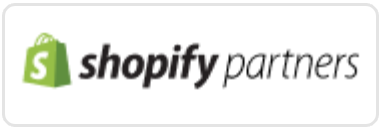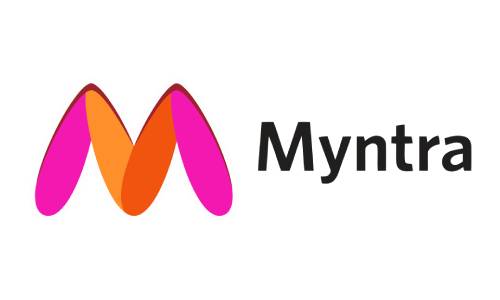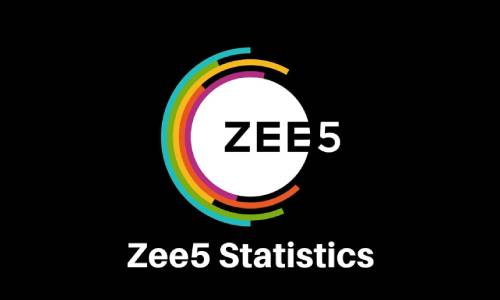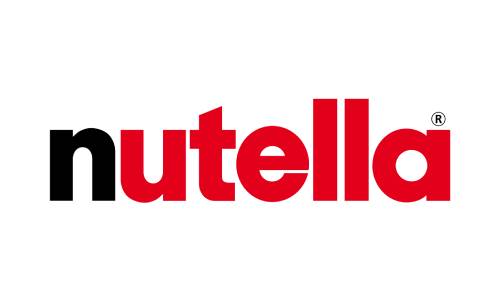OUR CLIENTS
WHAT IS ON-PAGE SEO?
On-page SEO or on-site SEO as its name suggests, refers to the practice of optimising elements on a website, including content to boost search engine rankings and achieve more relevant traffic. Apart from allowing search engines to understand a website’s content, on-page SEO also empowers a more intuitive and seamless user experience.
Since on-page SEO is heavily reliant on a website’s content, keywords are an important component here. Keywords are a phrase or phrases users type into their search engines. Should any online content incorporate the same or similar keywords to what is being searched, then that page is deemed as relevant and will appear higher on search engines. This is where on-page SEO comes in handy, ensuring that proper keywords are inserted and content is of high quality to enhance rankings. With the help of an SEO Company in Dubai your on-page SEO can be efficiently and effectively managed.
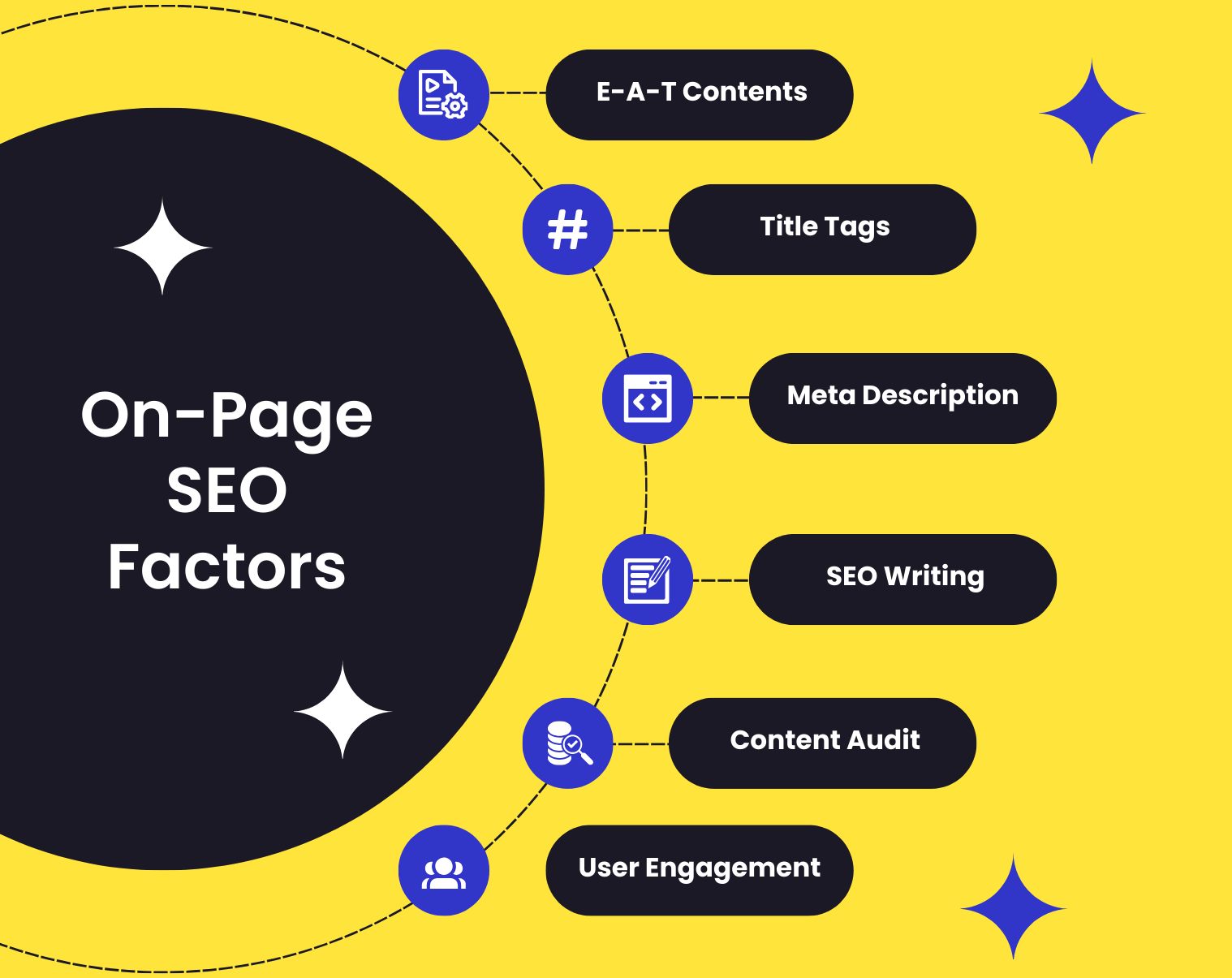
IMPORTANCE OF ON PAGE SEO
SEARCH ENGINES UNDERSTAND YOUR CONTENT
As on-page SEO optimises your content, search engines have an easier time understanding what is being conveyed in your website. This enables relevant web pages to be delivered to users, thus, increasing organic traffic.
IMPROVE CLICK-THROUGH RATES
As search engines can better understand your website content with proper on-page SEO, the most relevant pages are recommended to the most relevant users, which means improved click-through rates to your website.
IMPROVE EXPERTISE, AUTHORITATIVENESS AND TRUSTWORTHINESS
Expertise, authoritativeness and trustworthiness (E-A-T) are three key elements Google deems necessary for better rankings. On-page SEO ensures a website’s E-A-T are at optimal levels.
IMPROVE SEARCH QUERY RELEVANCE
As on-page SEO takes keywords into consideration, it provides insight for keywords that most complement popular query searches. When your content incorporates keywords related to user searches, ranking increases.
IMPROVE WEBSITE STRUCTURE
Website structure refers to how your website’s content is organised. With on-site optimisation, your web pages are appropriately grouped and presented. This allows both search engines and users to comprehend your content.
ON-PAGE SEO ESSENTIAL FACTORS
On-page SEO consists of several essential factors, from your title tags to keywords and images. Below are some of the on-page SEO elements every business owner should always consider.
TITLE TAG
A HTML code tag that enables you to title your webpage. They are important as they provide search engines and users with context of your content.
URL
The address of a webpage users type into their browsers. With a logical, easy to remember, intuitively structured and brand-related URL, users are instinctively aware of what content your brand or web page consists of.
META DESCRIPTION
A summary of a particular webpage, allowing users to have a quick overview from the search engine results page (SERPs) before clicking into the page. The optimal on-page SEO practice is to have meta descriptions between 150 to 160 characters.
ALT TAGS/ ALT TEXTS
For optimal on-site SEO, images should be accompanied with a written copy. The copy appears if the image fails to load and allows visually impaired readers to understand images with screen reading tools.
KEYWORDS
Phrases that users type into their search engines to get more information on certain subjects and topics.
CONTENT
What users see on a webpage including texts, images, videos and more. All content should be optimised according to on-page SEO best practices.
INTERNAL LINKING
Any link from one webpage to another within your own website. This enables Google to understand and index all pages on your website.
MOBILE-FRIENDLINESS
Refers to how well your website content is displayed on mobile devices. Google prioritises websites with high mobile-friendliness.
CONTENT PLANNING & ENHANCEMENT
This involves thinking about what type of content your website should have – text, images, videos or a mixture – and improving them by weaving in keywords to increase relevance with online searches.
WEBSITE ENHANCEMENT
Looks at how your website can be on-page SEO friendly, be it updating the content, using internal links, tweaking title and meta tags and more. The UI and UX aspect is key as well, incorporating aesthetic, intuitive designs and navigational elements.
IMAGE ALT OPTIMISATION
Ensures proper optimisation such as alt text that is specific, describes the image well and is kept below 125 characters.
OPTIMISE METADATA
Keeping metadata to the ideal character limit with 50-60 characters for the meta title and 150 160 characters for the meta description.
USAGE OF INTERNAL LINKS
Weaving in relevant internal links to your content for Google to better index your web pages and increase user dwell time.
OPTIMISE URL
Ensures URL reflects the brand, is easy to remember and intuitive for the best on-page SEO practice.
IMPROVE SITE LOAD TIME
Site load time can be improved with proper on-page SEO techniques such as compressed images.
RESPONSIVE DESIGN
Where website content can be viewed across multiple devices from smartphones to tablets without any issues.
TECHNICAL AUDIT
Evaluating and assessing the technical aspect of the website, including page speed, mobile responsiveness and more, which creates a better on-page experience for website visitors.
OTHER SEO SERVICES OFFERERD BY NEXT MOBI
Claim your 100% free REVENUE GROWTH strategy session with an experienced digital strategist valued at 2000AED.
We outline foolproof strategies for significantly increasing website traffic and revenue, even in difficult economic times.
FREQUENTLY ASKED QUESTIONS
What is on-page SEO vs local SEO?
On-page SEO refers to the SEO elements you control on the webpage, or the webpage code, itself. Examples of on-page SEO include content, headlines and headers, image optimization, title tags, meta descriptions, structured data, and more.
What are the 3 most important on-page SEO factors?
In its most basic form, on-page SEO is the criteria that Google uses to show a particular search result over another. When considering on-page SEO, we highly recommend looking at three main factors: page speed, content, and mobile-friendliness
What is an on-page SEO?
On-page SEO (also called on-site SEO) is the process of optimizing webpages and their content for both search engines and users. It can help rank pages higher on Google and drive more organic traffic. Common tasks associated with on-page SEO include optimizing for search intent, title tags, internal links, and URLs.
What is on off page SEO?
On-page SEO focuses on optimizing parts of your website that are within your control, while off-page SEO focuses on increasing the authority of your domain through content creation and earning backlinks from other websites.
How do you know if a website is SEO friendly?
One of the easiest ways to tell if your site is SEO optimized is to look at your title tags, meta descriptions, and H1s. The title, description, and headers on each page should include keywords that you want your page to rank for.
